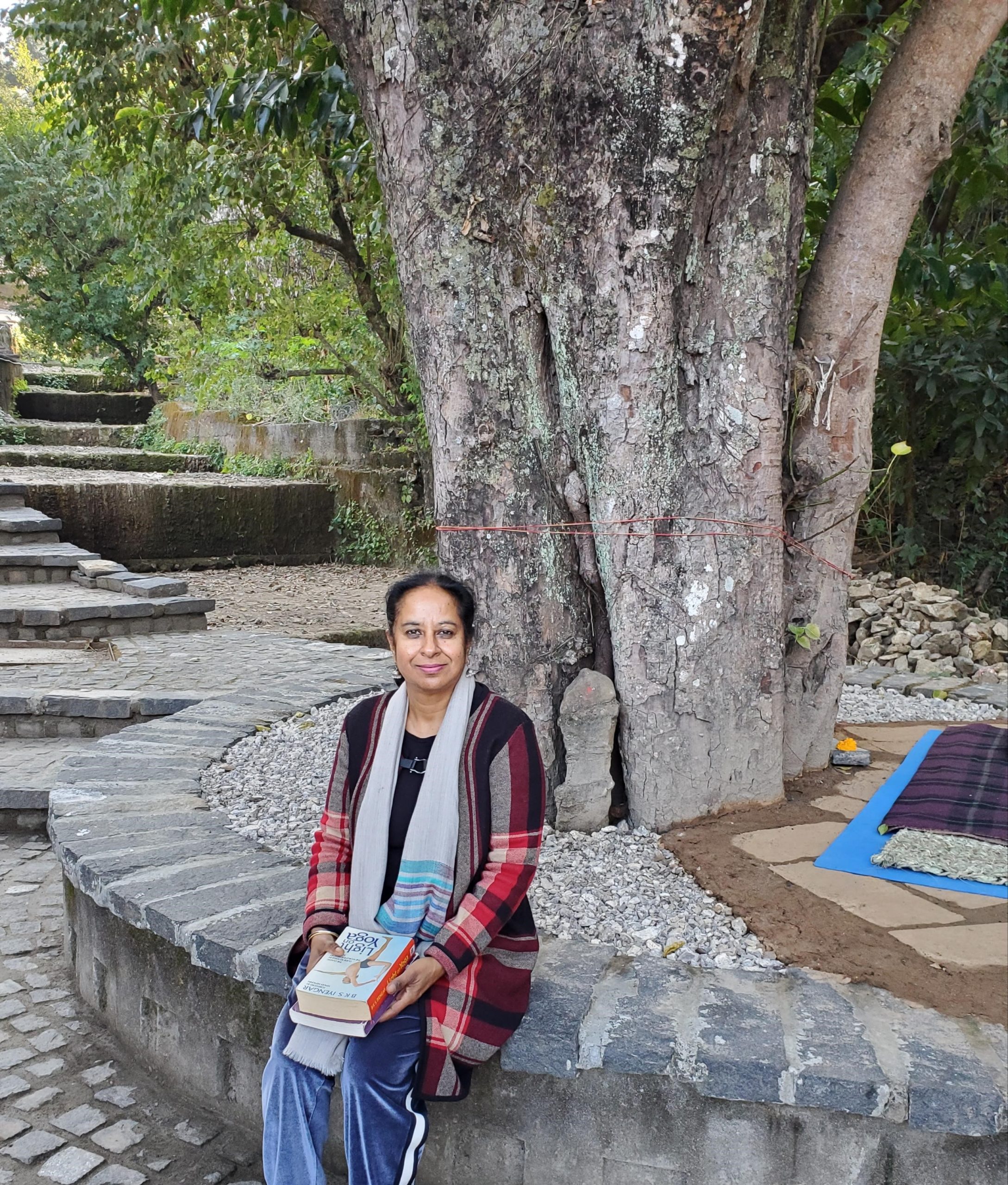Spiritualism has become an important aspect of well-being, and spirituality-seeking journeys are often undertaken by individuals on a quest for personal meaning. According to Josie Campbell, author of, “To sing the song, to tell the tale: A Study of Toni Morrison and Simone Schwartz,” this quest involves three essential elements
— the experience of wholeness and connectivity, going away from home and homecoming with a transformed self.
In a broad sense, spiritual tourism is an expression of several traits, such as mobility (slow-physical, slow-internal and spiritual); the heuristic worth of authentic encounters and therapeutic experiences; and the journey itself, which can consist of multicultural or multi-religious routes, contemplative routes and/or therapeutic routes. Therapeutic landscapes, such as natural, pristine, solitary and rural, are often sought for mental cleansing and spiritual healing. Yoga is one prominent expression where spiritual experiences of different intensities can manifest because it offers a platform to nurture the body and mind and realize spiritual aspirations.
Several scholars have written that yoga retreats stimulate transcendental experiences and spiritual healing because often focus is on how “taking the body away from the ‘everyday’ opens up attention to the body itself, foregrounding its connection to the world.”

India is often recognized as the gateway of yoga and is one of the main spiritual hubs of the world. The country is considered holy and authentic by serious yogis and yoga travelers because of its ancient yoga calligraphy. In an article titled published in the Journal of Tourism and Cultural Change, author Callie Maddox writes that the yearning for an authentic and “exclusive spiritual experience motivates yoga tourists from the West to visit India for a genuine experience due to its location and groundedness in a distinct lineage.”
Two historic pioneers who introduced India’s yoga and spiritual paths to the West were the Beatles through their spiritual adventure narratives and Swami Vivekananda through his visit to the U.S. In fact, the rural town of Rishikesh, located in the Himalayan foothills in the State of Uttarakhand, is regarded as the yoga capital of the world and has become a spiritual hub. Several scholars recognize that its history, spiritual setting and natural therapeutic attributes offer a quintessential setting for yoga retreats, appealing to visitors pursuing self-inquiry and inner transformation. Rishikesh is situated on the banks of the Ganges River and is considered therapeutic and sacred, and worshipped by many communities in India. (see images 1 and 2). Numerous internationally recognized ashrams are located there and are understood as centers of philosophical studies, yoga and other ancient Indian traditions of wellness.
The Ganges River in Rishikesh

To some extent, the explosive popularity of Rishikesh can be attributed to the visit by the Beatles in 1968. Members of this rock band had stayed at the ashram of Maharishi Mahesh Yogi to acquire knowledge about transcendental meditation. The band compiled approximately 48 songs at the
ashram and “The Happy Rishikesh Song” was recorded by John Lennon upon return to his home country.
In the last few decades, one ashram (yogpeeth) that has risen to prominence for its spiritual retreats and yoga school programs is the Abhayaranya Ashram. (see images 3-4). Cradled in the Himalayas and accessible only by a thirty-minute hike, it promotes itself as an authentic yogpeeth, stimulating an intense spiritual journey and bond with the indigenous culture and lifestyles. The yoga philosophy at the Abhayaranya Ashram teaches that not only is the yoga process as a way of life, but also assists in searching for answers by connecting with the inner self. It unveils an enriching path of inquiry.
The results of a 2019 survey indicated that the U.S participants revealed that visiting the Ashram rejuvenated them and offered them an opportunity to slow down and contemplate. The study also showed that the participants continue to seek deep meditative practices and transformative experiences, which stimulate them to attain a higher level of values and promote socially responsible behavior in their home environments.
Keep up with all of Green Living’s original content online and on social media.







